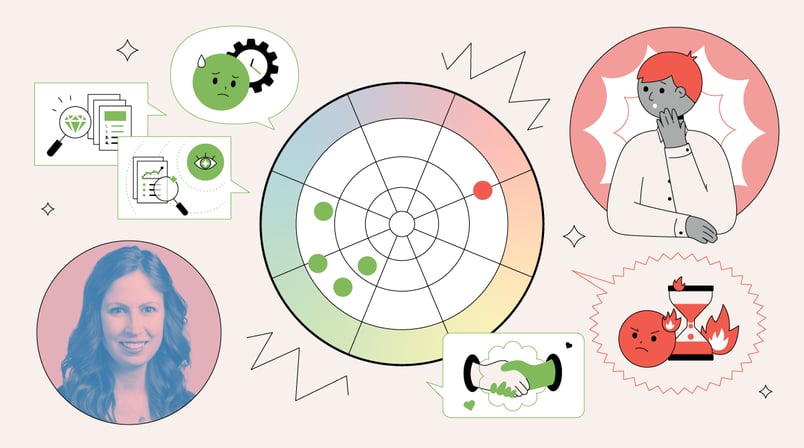
As a Professional Services Consultant at TTI Success Insights, I have the pleasure of working with organizations that want to improve work environments. People are the pulse of your organization, for better and for worse— if your company is suffering from a toxic work environment, people are the cause and the solution.
A toxic work environment is an environment that makes employees feel rejected, humiliated, and unsafe. This may include constant criticism, micromanagement, limited opportunities, and high stress. It can often be created by behaviors that are difficult or misunderstood.
One of the ways to avoid the communication breakdown and lack of productivity that come from toxic work environments is to focus on team building. Investing in this process of connection can serve as a powerful catalyst for change, and it can be started with the utilization of a Team Report.
How Can Team Reports Help Team Building?
I want to share a story with you. Earlier this year I had a client who managed a team. When he came to me, he said that he felt his team was not responding well to him and may even be fearful of him.
He could tell that they would shut down when he talked to them and that there was a lack of communication and trust. A toxic environment had been created but he was having trouble recognizing where the breakdown occurred. I have to praise his awareness for seeing the problem and seeking help.
This struggle was difficult but was seen by the team. We used assessments to look at the behaviors of the team and what motivates them into action, then we spent a half day walking through the materials together.
One of the slides we looked at was a group wheel that showed the opposite styles of the team. It was incredibly eye-opening to discuss the differences. Did you guess the largest discovery? The leader was the opposite style of the entire team. He was very direct and had an extreme sense of urgency, while the rest of the team preferred to look at the details. His direct reports had a slower pace and desired to make sure things were done correctly the first time. They were interpreting his directness as frustration in their actions and they felt his sense of urgency was unrealistic to create a good product.
Once the lightbulb went off, everyone started laughing— the problem was no longer the elephant in the room. It was amazing to see the why behind the conflict. Now that they could see the situation clearly, it allowed everyone involved to have a conversation so that they could better understand each other and appreciate what each person brings to the team.
Moving Forward With Better Understanding
Taking a holistic look at a team creates a safe environment for conversation. Individuals may still experience conflict and disagreements with people who have opposite behavioral styles, but by talking about their differences, leaders can create spaces for their teams to still thrive. Team Reports are key to guiding those conversations and creating a shared understanding within teams.
Fixing a toxic work environment requires effort from both employees and management. By enhancing communication, resolving conflicts, building trust, and working to understand each other, I hope that we can create healthier, happier, and more productive workplaces.




